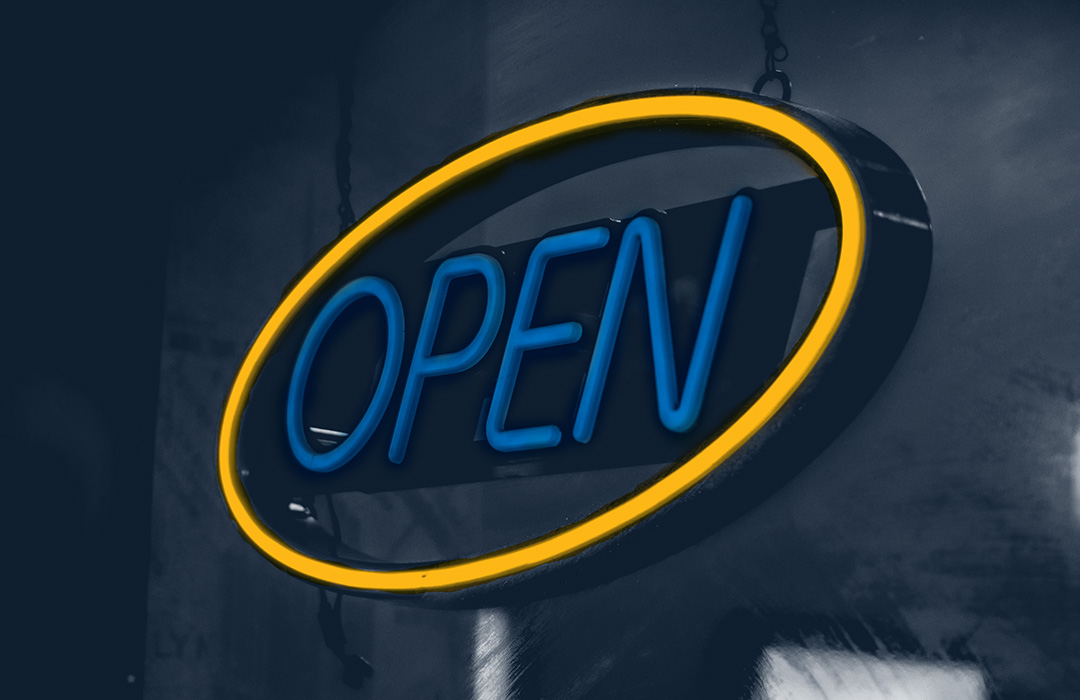Mergers and acquisitions can supercharge growth, but only if the post-merger integration is seamless. At GROWL, we know that integration isn’t just a checklist. It’s a strategic moment to unify teams, tech, and culture with clarity and bold execution.
Ready to build a playbook that actually works? Let’s break it down.
What Is a Post-M&A Integration Playbook and Why Does It Matter?
Post-merger chaos is real. An integration playbook brings order to the madness by mapping out roles, responsibilities, timelines, and tech stacks. Think of it as your GPS for everything post-deal, from people and processes to platforms and data integration.
Step 1: Define Your Integration Strategy Early (Like... Pre-LOI Early)
Don’t wait until close to start planning. Your integration strategy should inform diligence, communication plans, and operational priorities before the ink is dry.
What questions should you ask during diligence to set up the integration for success?
- Are there conflicting platforms or systems?
- How aligned are leadership styles and team culture?
- What KPIs will define a "successful" integration?
- Where does customer data currently live?
Spoiler alert: if you're not asking these now, you'll feel it later.
Step 2: Align Leadership on Vision and Velocity
Fast doesn’t mean frantic. Slow doesn’t mean strategic. Align on a shared vision and how quickly you’ll move on key milestones. Create a 30-60-90-day plan rooted in reality and expand this for the long-term integration.
Depending on the type of acquisition, the integration timeline will differ. For in-market tuck-ins, the integration can seamlessly happen within 90 days. However, if your acquisition includes a robust rebrand into a new geography, a 6-to-12-month integration is critical for sustaining organic growth.
Step 3: Prioritize People, Not Just Processes
People leave when they feel lost. From change management communications to org charts, don’t just document the organization; rally it. Empower champions across both teams to reinforce culture and calm.
At this stage, consider the key leaders within the organization and how they must interact to sustain growth. In the most successful M&A integrations, executives organize the following activities to prioritize people over processes:
- Day Zero Engagement: Leadership should inform key staff of the M&A integration early. This includes sending authentic messages from both organizations’ owners (video is best) and clearly communicating how operations and staffing may change. Be clear from day zero to ensure long-term success.
- Internal Email Campaigns: Keep all employees up to date on the status of the M&A integration through clear, consistent email campaigns. Whether leadership is communicating timelines or sharing founder stories, staying transparent is the key to success. Remember, your processes are only as good as the people behind them.
- Teambuilding Off-Site: In many rocky M&A integrations, the two companies have never engaged the “doers.” Rather than limiting communications to emails, establish and nurture the merged culture by hosting an off-site. This session should include a mixture of team building and strategic planning.
Step 4: Create an M&A Communication Plan That Doesn’t Suck
No vague email blasts. No confusing town halls. Your stakeholders deserve clarity, consistency, and context. Consider your target market, segmentation strategies, and established customer journeys to own the narrative across channels.
Your customers are the key to success – regardless of an M&A integration or standard business practice. To ensure your team continues to succeed, and scale both organically and inorganically, external communications can make or break an integration.
Key questions to ask regarding your communication strategy:
- Do your communications align with the customer journey?
- Are you utilizing omnichannel touchpoints to share the integration? For example, are you using a mix of digital touchpoints and direct mail?
- Do customers have a clear path to ensure service is uninterrupted?
- Has leadership transparently communicated the what, why, when and how to customers?
Step 5: Measure, Optimize, Repeat
Integration isn’t “one and done.” Set KPIs, build dashboards, and run retros. Iterate on your playbook as the business evolves. That’s how you scale, and create a repeatable, future-proof plan.
How Do You Merge Tech Stacks Without Derailing Momentum?
Short answer: Integration audits and ruthless prioritization.
Long answer: Start with RevOps—and don’t let “too many tools” become the reason revenue stalls.
Merging tech stacks post-M&A is one of the most overlooked—and most dangerous—areas of integration. The wrong move can cause duplicate data, broken automation, and frustrated stakeholders (internally and externally).
Consider this – without integrating key software platforms, your team is left scrambling for the right data, leaving potential sales on the table. On the flip side, your customers are left wondering why personalization and contextualization have slowed, reducing satisfaction.
What Tools Should You Use to Manage Post-M&A Integration?
Don’t leave money on the table. Align your M&A integration playbook with tools that will help all team members be successful.
- Project management: Asana, Monday.com, or ClickUp
- RevOps platforms: HubSpot, Salesforce (with integration audit support)
- Communication: Slack, Loom, and a central knowledge base
Need help building your M&A Integration Playbook? Let GROWL help you integrate with intention. Book a consultation today to get started.
